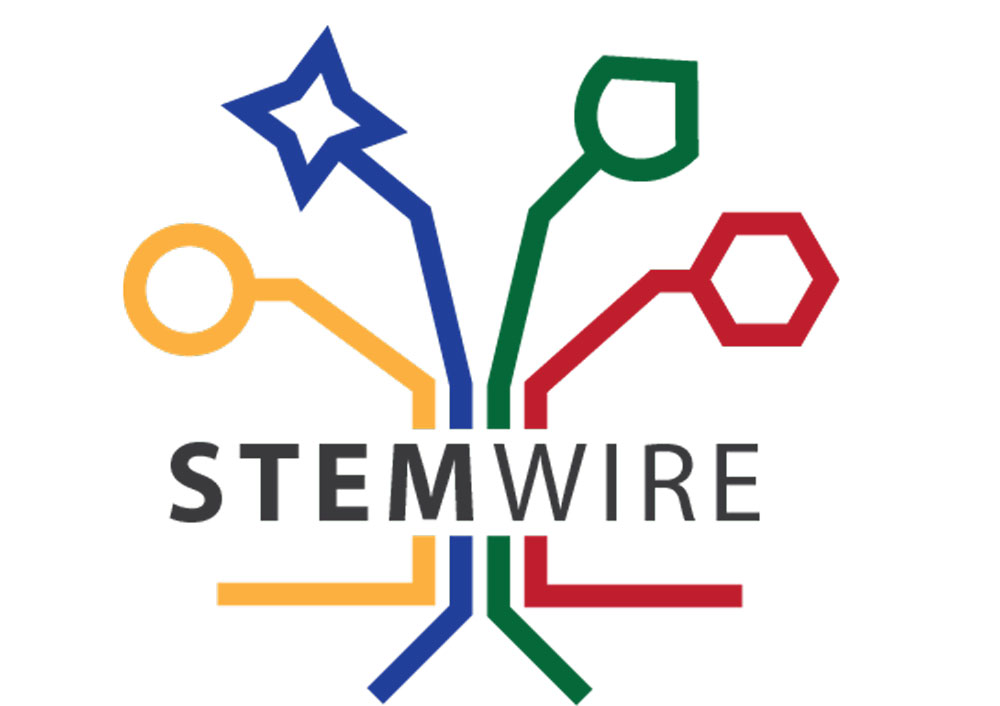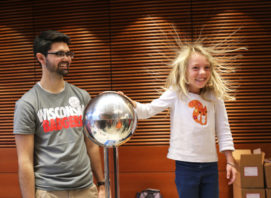US Immigration Policy Caps Incoming STEM Talent
Immigrant populations continue to foster economic growth in the U.S. as they invest in our society through new businesses and fill vacant skilled positions across the country.
Immigrants or children of immigrants started 28 percent of the U.S. companies founded in 2011 and overall more than 40 percent of U.S. Fortune 500 companies, according to an August report by the Partnership for a New American Economy.
“A lot of the entrepreneurial companies that get started anywhere, but particularly in the U.S., they’re very science-driven, they’re very technology-driven,” Vipin Garg, president and chief executive officer of the biotechnology company Tranzyme Pharma Inc. and immigrated to the U.S. from India, said. “It is critical for the success of any of these technology-driven entrepreneurial businesses to have talent, and we look for employees all over the country, all over the world.”
Some employers in the science, technology, engineering and math (STEM) fields are having difficulty filling positions with local candidates and are instead looking to international talent. Immigration policies limit the number of worker visas issued, and companies like Microsoft are pushing to increase the immigrant caps to fill open positions.
Microsoft reported 6,000 unfilled positions across the country, with over 3,400 of those related to STEM fields, according to a Sept. 27 report. According to a study by the Brookings Institute, Microsoft was one of the top employers requesting H-1B specialty occupation visas, one of the most popular non-immigrant worker visas often related to STEM occupations.
The U.S. allots 65,000 of the visas a year for those with the minimum of a U.S. bachelor’s degree or equivalent in a specialty field and an additional 20,000 visas to those with a master’s degree or higher.
The cap for the H-1B specialty occupations visa was reached on June 11, 2012 for the 2013 fiscal year, about two months after the Department of Labor opened the application.
The STAPLE Act, introduced in the House of Representatives in early 2011, would have exempted those who had earned a Ph.D. in a STEM field from the cap on the H-1B visa. The act has yet to be deliberated.
Pierre Chartier, originally from Canada and with a degree in computer science, has worked on everything from laser scanners to self-guided robots. Chartier first came to the U.S. with a temporary worker visa to work at Doble Engineering, eventually landing at the Morrisville, N.C. branch.
After almost seven years, he received an employee-sponsored green card and now works as a software engineer at Bluetick, Inc., a company that manufactures monitoring equipment for oil and gas extraction sites.
“If it gets near impossible to get people to work here, employers will do just as my own employer did” and try to sponsor a green card, Chartier said. “As I moved to North Carolina, there was much more of a demand for the types of skills I had.”
At the end of August, there were about 3.6 million unfilled jobs in the U.S., according to the Bureau of Labor Statistics. Yet the STEM Jobs Act, a bill that could have helped fill some of those positions by reallocating 55,000 new green cards to foreign graduates of U.S. institutions with advanced STEM degrees, failed to pass this September.
The main contention was that the bill gave new green cards to STEM-educated graduates at the expense of the diversity or lottery visa program, which gives people of underrepresented nationalities a chance at a green card.
Two similar bills are still on the table at the federal level for STEM jobs. The BRAINS Act, introduced in the Senate, and the Attracting the Best and Brightest Act, introduced in the House, would each allocate as many as 55,000 new green cards for two consecutive years, while leaving the diversity visa program intact. These would also be available to foreign graduates of U.S. institutions in STEM fields. A decision has yet to be made on either.
Steve Rao, town council member of Morrisville, N.C., where Doble Engineering’s branch is located, said that part of the main issue driving the skills gap is how slowly immigration reform occurs at the federal level.
“Many of these immigrants are coming in STEM industries at a time when there’s a real demand for the skills of science, engineering and math,” Rao said. In North Carolina’s Research Triangle Park, “they’ve come here to work, and they have a hard time staying in the country and getting green cards,” he said.
Meredith Ritchie, an associate attorney who specializes in immigration law at Challa Law Offices, thinks public perception of STEM employment gaps contributes to the lag in legislation.
“People do not understand that the skills deficit is very real, and that these employers do have a need to recruit from abroad,” Ritchie said. “Until public perception is changed, changing Congress will be difficult.”
While the H-1B visas are an important part of filling STEM jobs in the U.S., the visas are temporary, good for 1-3 years, or up to six years with a visa renewal. Rao is working to promote a more permanent solution at the local level.
He wants to drive initiatives through EB-5, the immigrant investor visa. This visa invites foreign investors to bring new commercial enterprises to the U.S. and start their own businesses.
“[We’re] trying to really recruit global talent to the area,” Rao said. “This would actually increase investment and provide us the skilled labor that we need.”
To qualify for an immigrant investor visa, entrepreneurs need to invest between $500,000 and $1 million dollars in a new venture, depending on the economic landscape of the area. The high investment commitment can be a barrier to potential start-ups. Those under the immigrant investor visa also have to create 10 jobs for U.S. workers over the first two years of their business.
“There are certainly highly qualified investors who take advantage of it,” Ritchie said. But for the average person, the high cost and expectations make the immigrant investment visa less attractive, which is why work-based visas like the H-1B are more popular, Ritchie said.
On a local level, Rao believes the government and the community needs to make more of an effort to incorporate science and technology into the classrooms and allow children to compete on a global level.
“Are we making the investments we need to plan for our growth ahead?” Rao asked. “I think the answer is unequivocally no.”



